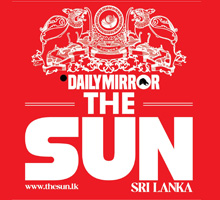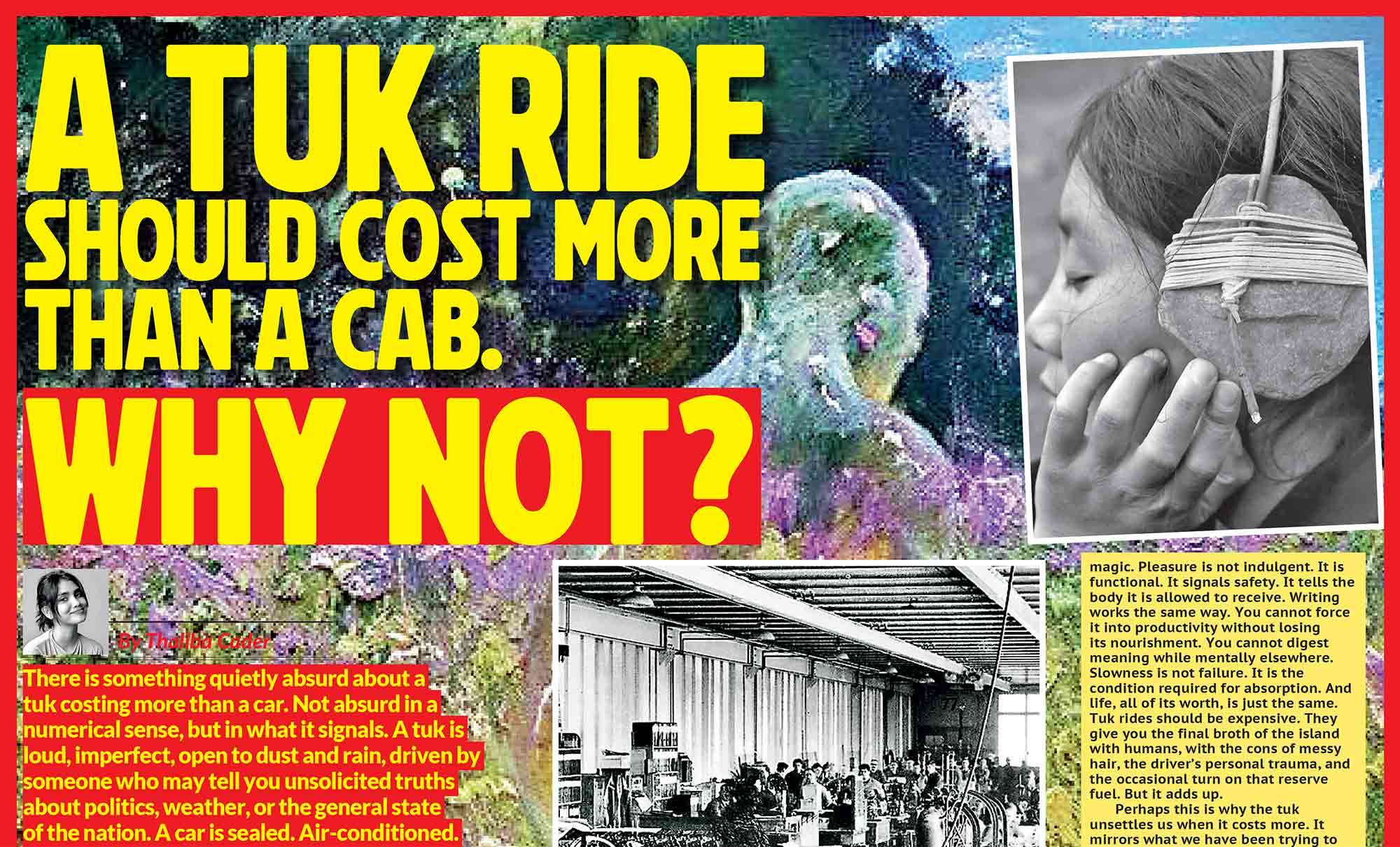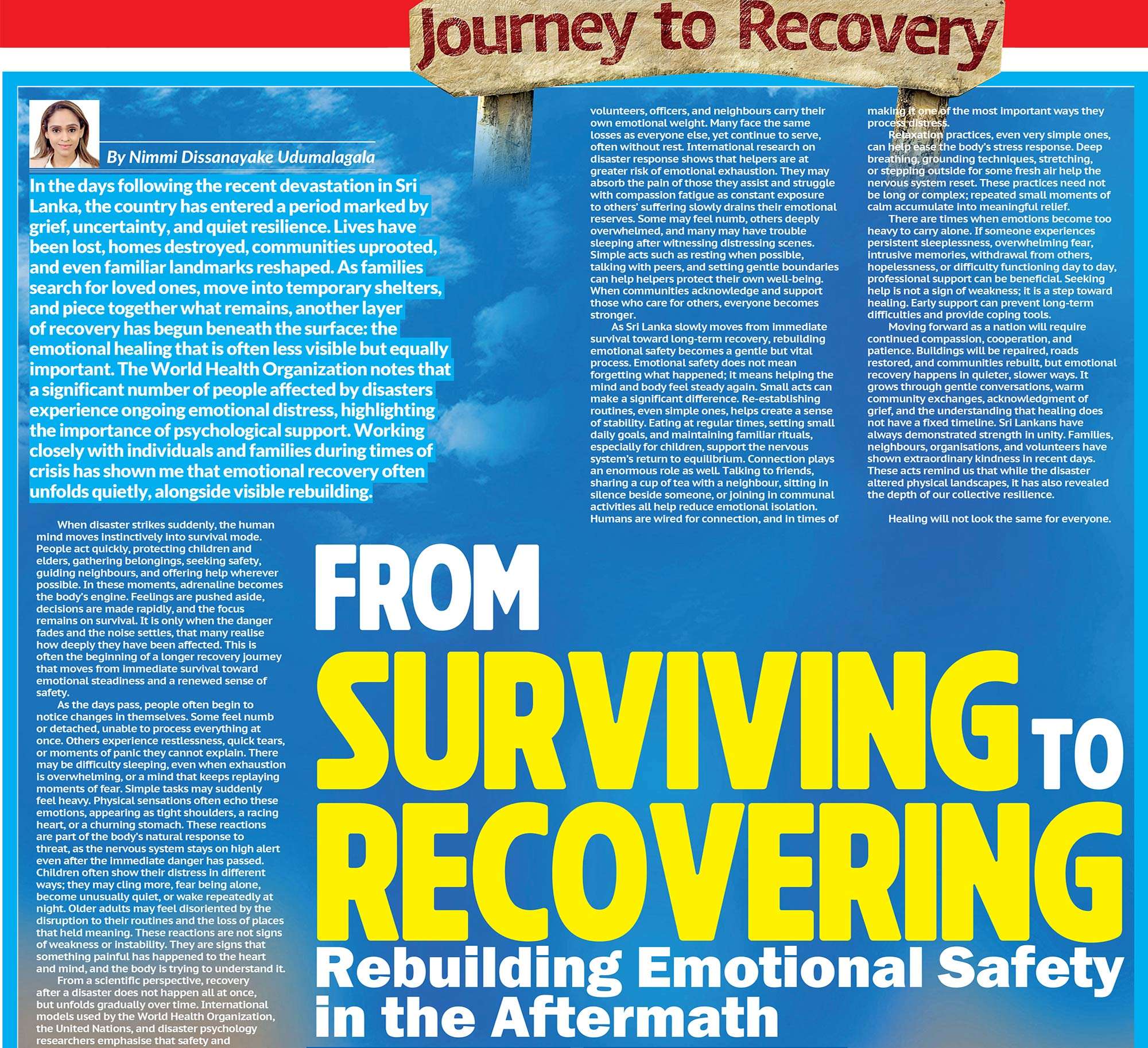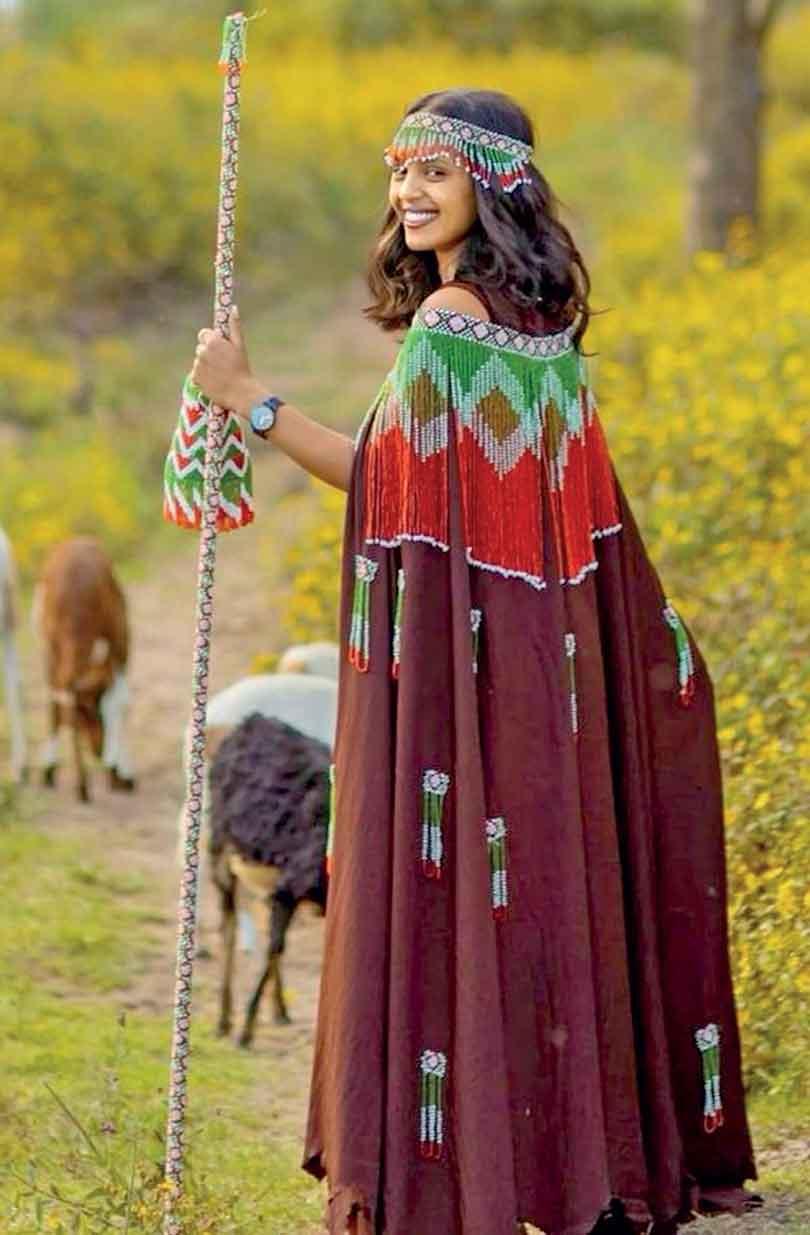
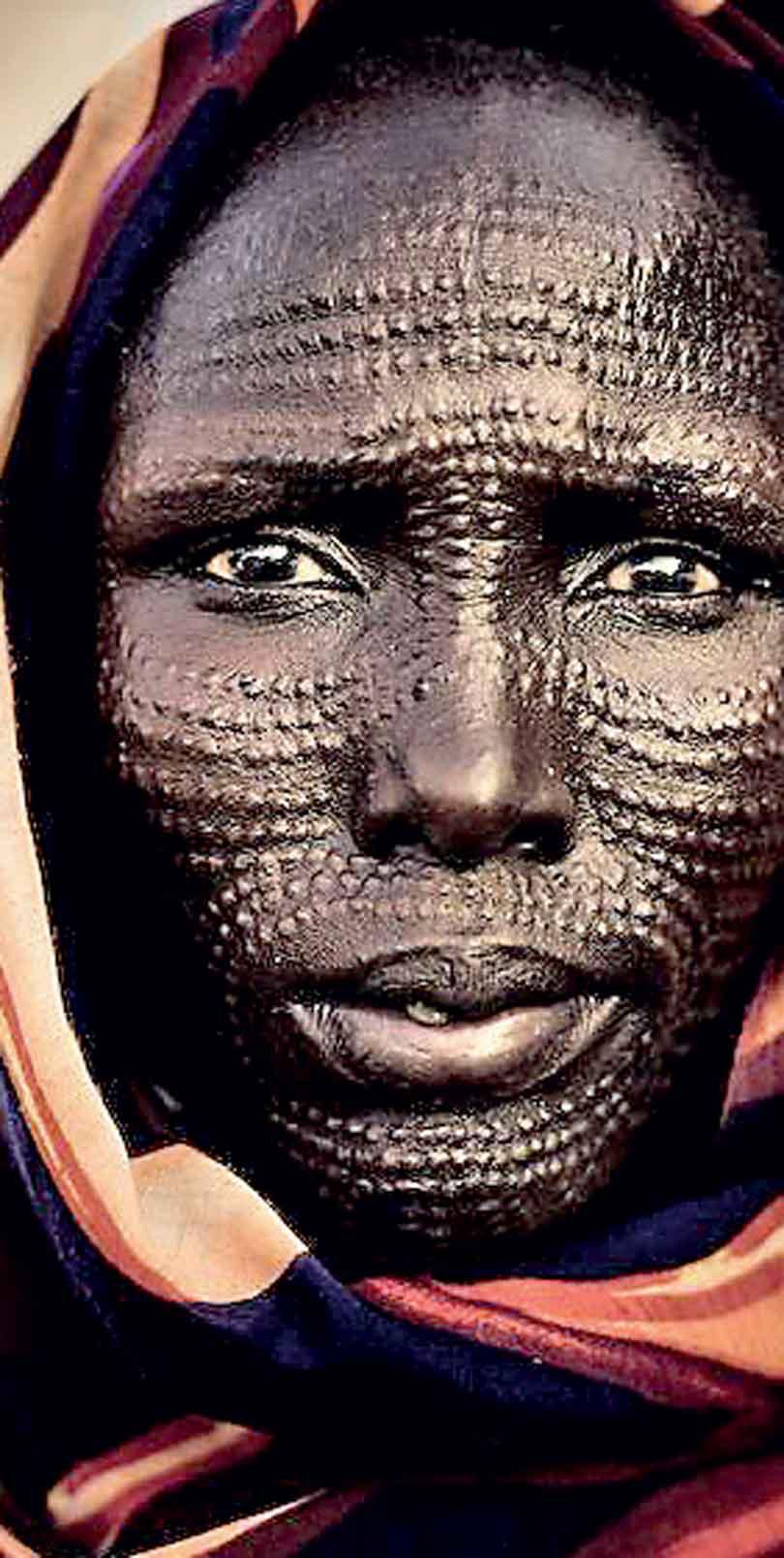
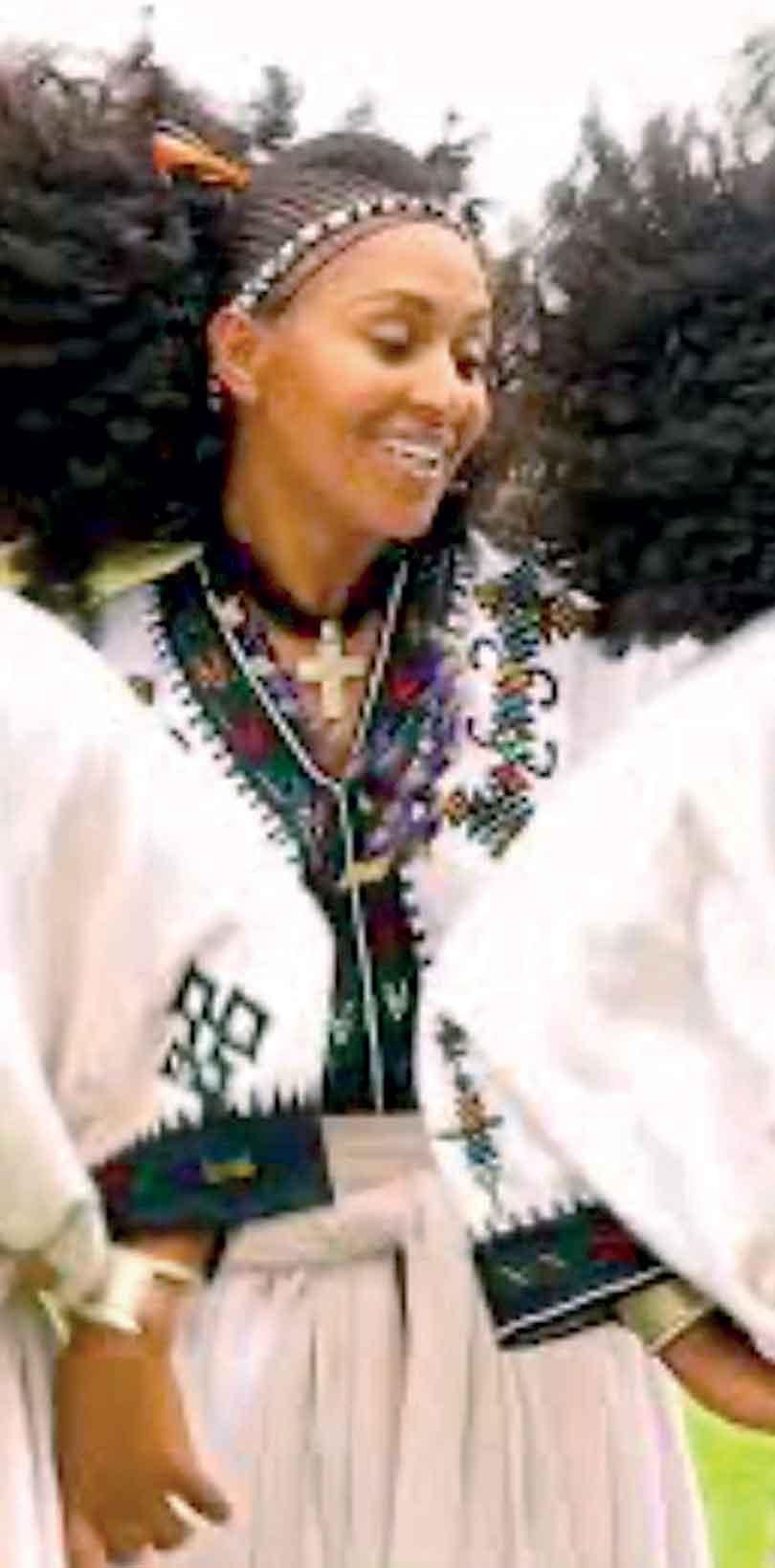
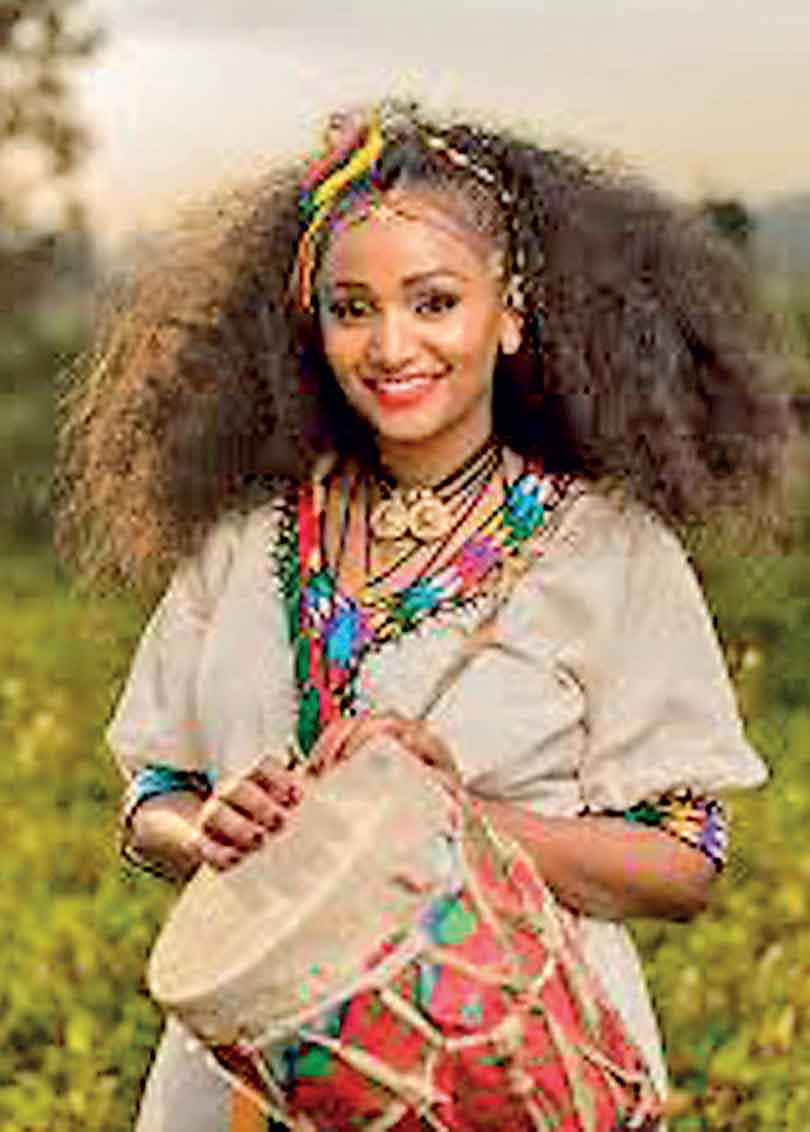
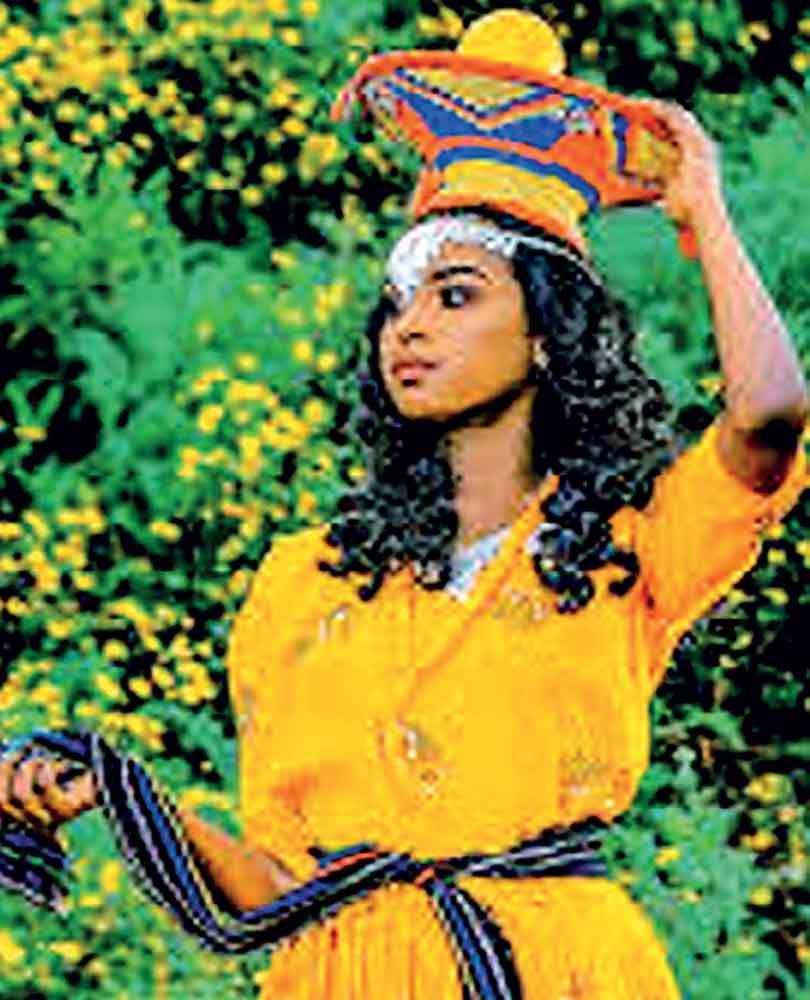
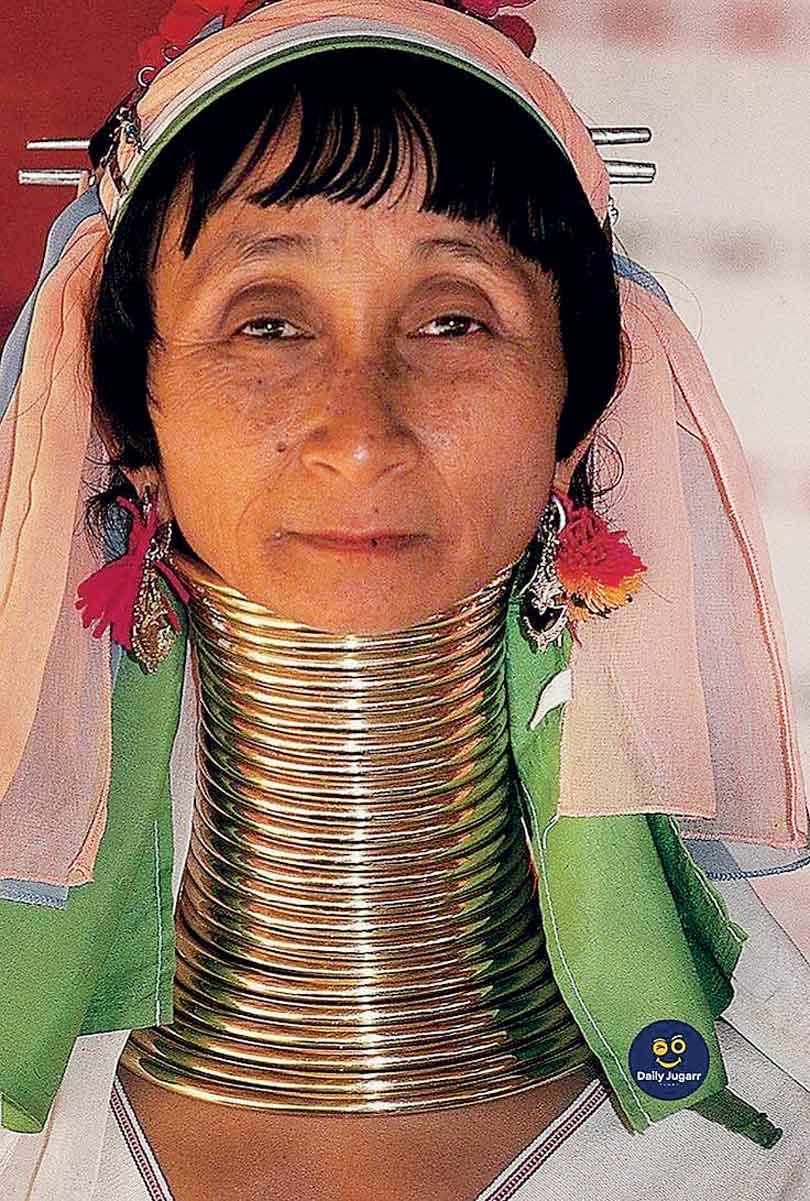
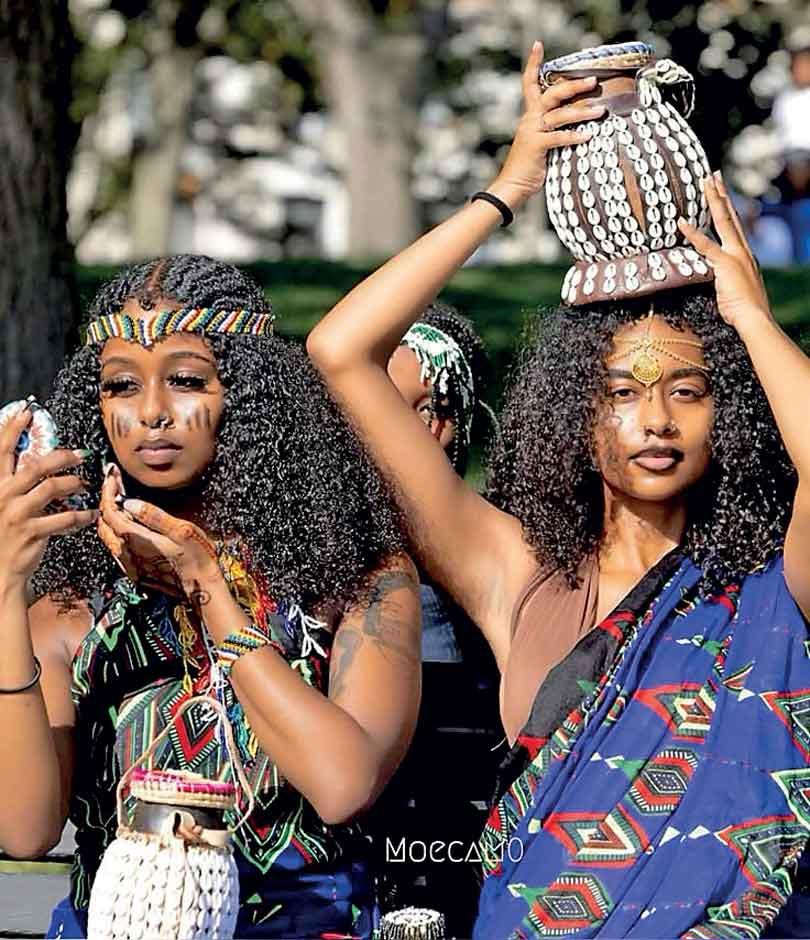
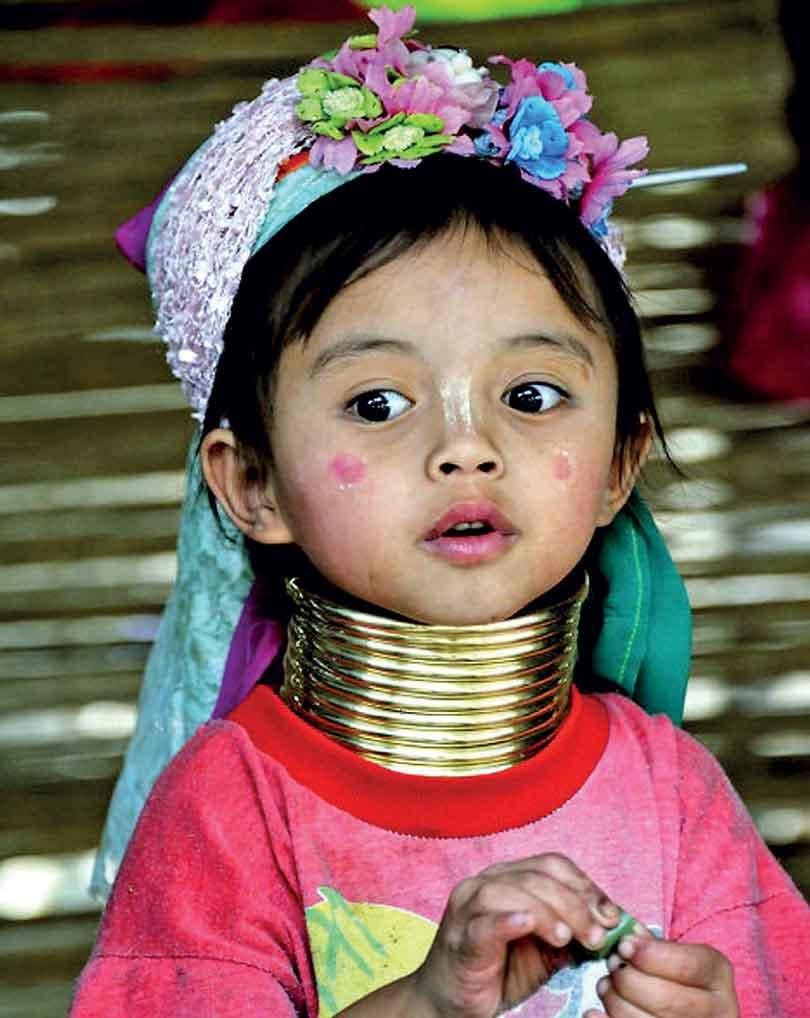
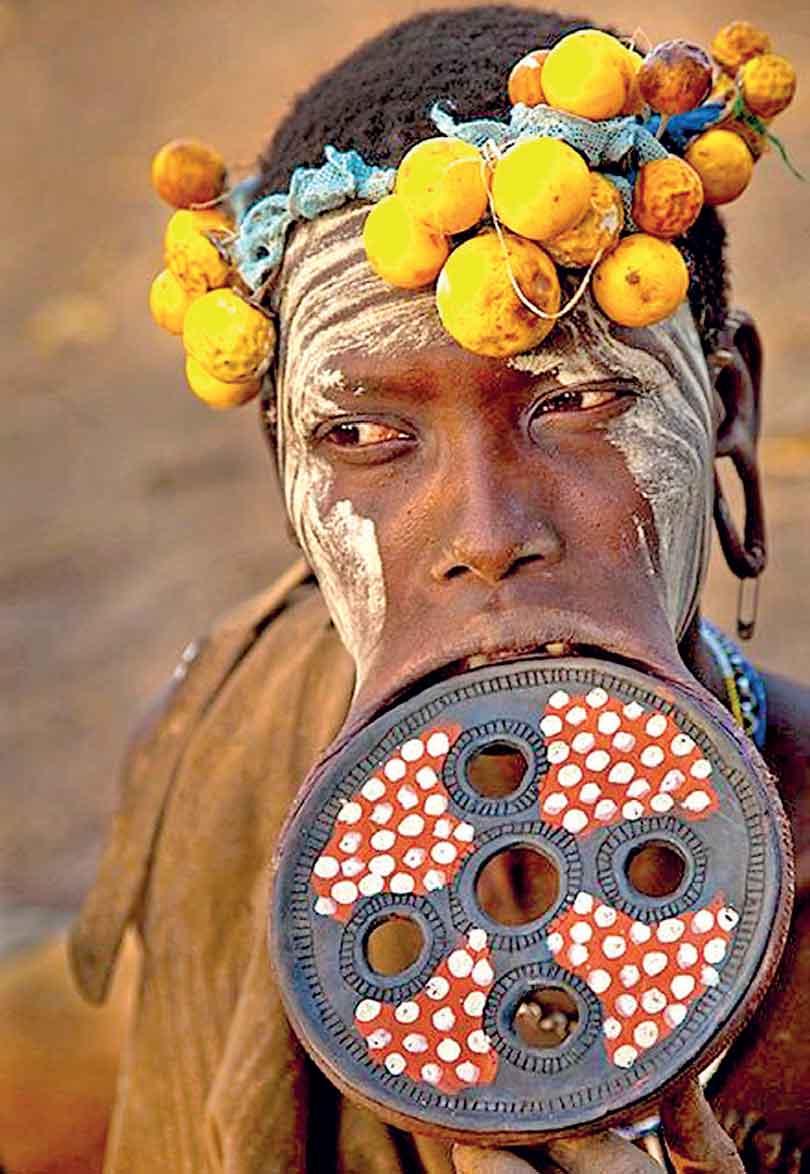
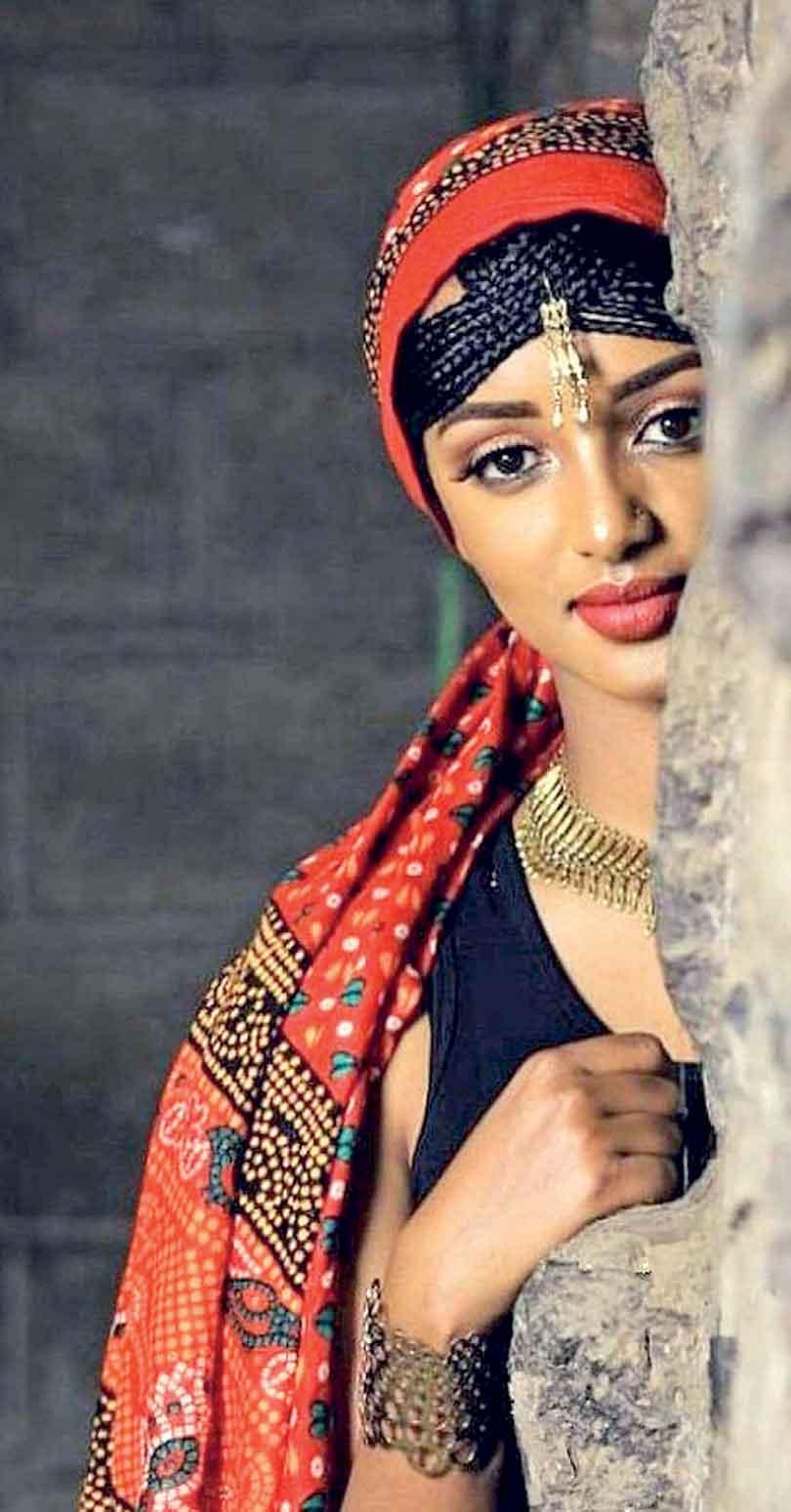
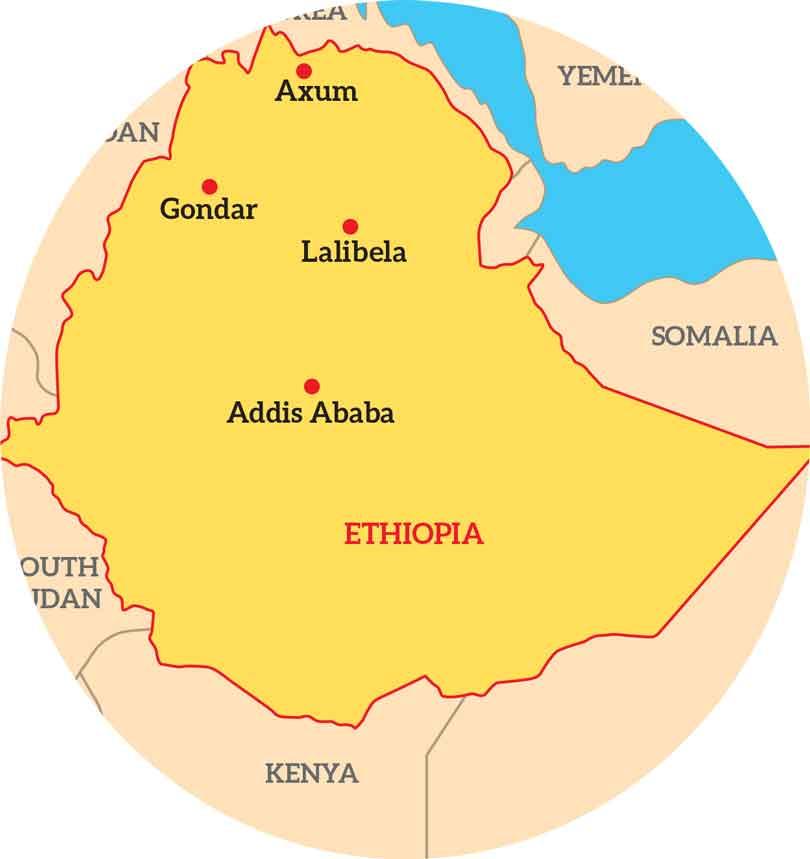
Ethiopia, a country located in the Horn of Africa, is a land of vibrant culture, rich history, and breathtaking natural beauty. With a population of over 115 million people, Ethiopia is a melting pot of diverse cultures, languages, and traditions. The country boasts a unique cultural heritage that dates back over 3,000 years, with a blend of African, Middle Eastern, and Mediterranean influences.
History and Heritage
Ethiopia is one of the oldest countries in the world, with a history that stretches back to the ancient Kingdom of D'mt in the 8th century BCE. The country has a rich cultural heritage, with numerous historical sites, including the rock-hewn churches of Lalibela, the ancient city of Axum, and the medieval castles of Gondar. These sites are not only important cultural landmarks but also reflect the country's strategic location at the crossroads of Africa, the Middle East, and the Mediterranean.
Language and Literature
Ethiopia is home to over 80 languages, with Amharic being the official working language of the federal government. Other widely spoken languages include Oromo, Tigrinya, and Somali. The country has a rich literary tradition, with the Ge'ez script being one of the oldest and most important scripts in the world. Ethiopian literature is known for its unique blend of Christian, Islamic, and indigenous influences, with famous works such as the Kebra Nagast and the Fetha Negest.
Music and Dance
Ethiopian music and dance are an integral part of the country's culture, with a wide range of traditional and modern styles. The country is home to a variety of musical instruments, including the masenqo (a single-stringed fiddle), the krar (a six-stringed lyre), and the washint (a flute). Ethiopian music is known for its unique pentatonic scale and complex rhythms, with popular styles such as azmari and ethio-jazz. Traditional dances, such as the eskista (shoulder dance) and the gurage dance, are also an important part of Ethiopian culture.
Food and Drink
Ethiopian cuisine is known for its spicy stews, injera (a sourdough flatbread), and wats (stews). The country is also famous for its coffee, with the coffee ceremony being an important part of Ethiopian culture. The ceremony involves roasting green coffee beans, grinding them, and brewing coffee in a clay pot called a jebena. Ethiopian cuisine is also known for its use of spices, herbs, and vegetables, with popular dishes such as tibs (stir-fried meat) and misir wot (red lentil stew).
Religion and Spirituality
Ethiopia has a long history of Christianity, with the Ethiopian Orthodox Church being one of the oldest Christian churches in the world.
The country is also home to a significant Muslim population, with Islam being the second-largest religion in the country. Traditional African spirituality and animism are also practiced in some parts of the country. The Ethiopian Orthodox Church has played an important role in preserving the country's cultural heritage, with its unique traditions and rituals.
Festivals and Celebrations
Ethiopia has a wide range of festivals and celebrations throughout the year. The most important festival is Ganna (Ethiopian Christmas), which is celebrated on January 7th. Other important festivals include Timkat (Epiphany), Meskel (Finding of the True Cross), and Enkutatesh (Ethiopian New Year). These festivals are an important part of Ethiopian culture, with traditional music, dance, and food playing a
central role.
Traditional Clothing
Ethiopian traditional clothing is known for its vibrant colors and intricate designs. The country has a wide range of traditional clothing, including the habesha kemis (a long, flowing dress worn by women) and the shemma (a cotton cloth worn by men). Traditional clothing is an important part of Ethiopian culture, with different regions and ethnic groups having their own unique styles.
Art and Craftsmanship
Ethiopia has a rich tradition of art and craftsmanship, with a wide range of traditional crafts, including woodworking, pottery, and weaving. The country is famous for its intricate metalwork, with traditional crafts such as filigree and metal casting being practiced in some parts of the country. Ethiopian art is known for its unique blend of African, Middle Eastern, and Mediterranean influences, with intricate designs and patterns.
Modern Ethiopian Culture
Modern Ethiopian culture is a blend of traditional and modern influences, with a thriving arts scene, vibrant music, and a growing film industry. The country has a growing number of artists, musicians, and writers who are pushing the boundaries of Ethiopian culture. Modern Ethiopian culture is also influenced by the country's diaspora community, with many Ethiopians around the world contributing to the country's cultural heritage.
Ethiopia's rich cultural heritage is a testament to the country's enduring spirit and creativity. With a history spanning over 3,000 years, Ethiopia's unique blend of African, Middle Eastern, and Mediterranean influences has given rise to a vibrant and diverse cultural landscape. From the rock-hewn churches of Lalibela to the vibrant streets of Addis Ababa, Ethiopia's culture is a true reflection owf its people's resilience, hospitality, and passion for life. As the country continues to evolve and grow, its cultural heritage remains a source of pride and inspiration, inviting the world to explore and appreciate its remarkable history, traditions, and people.
